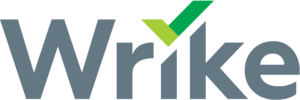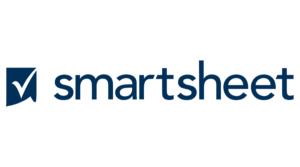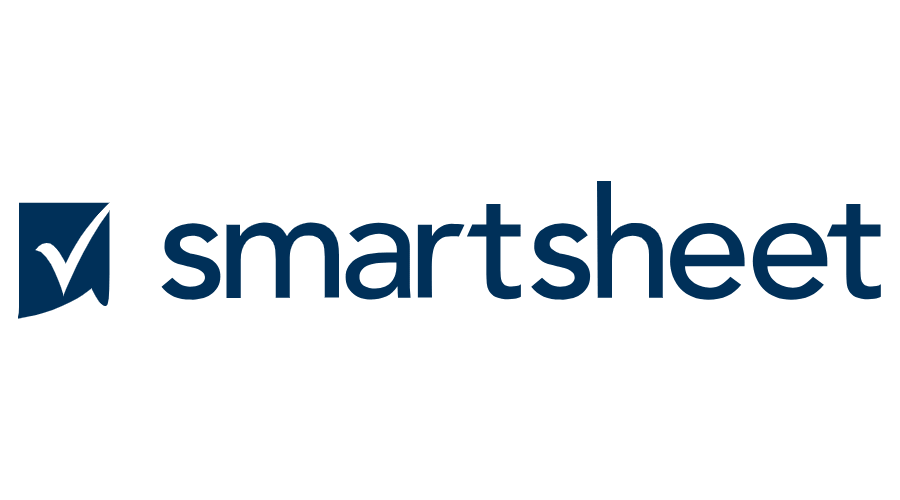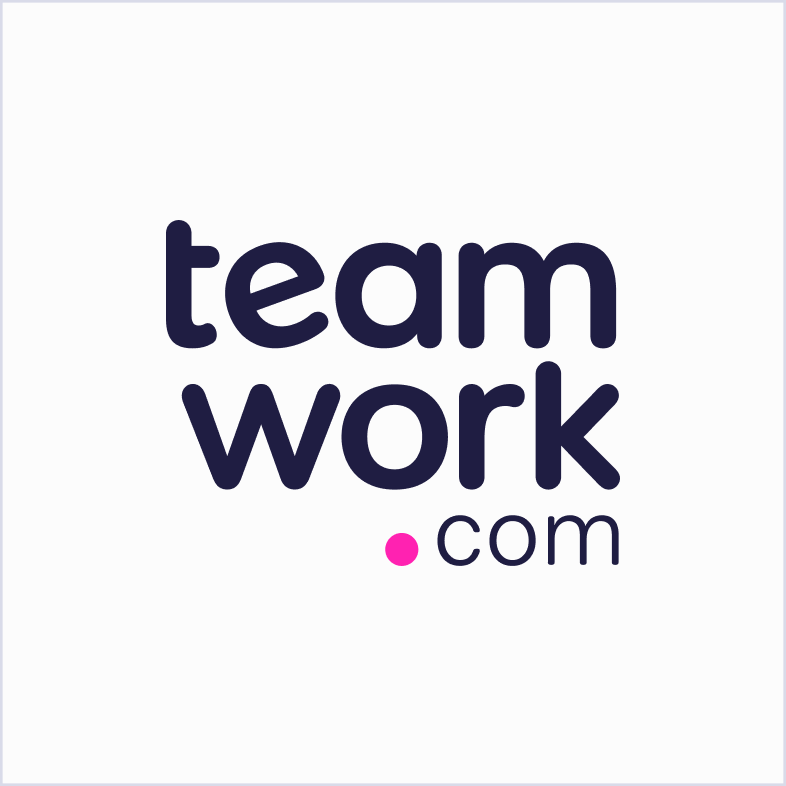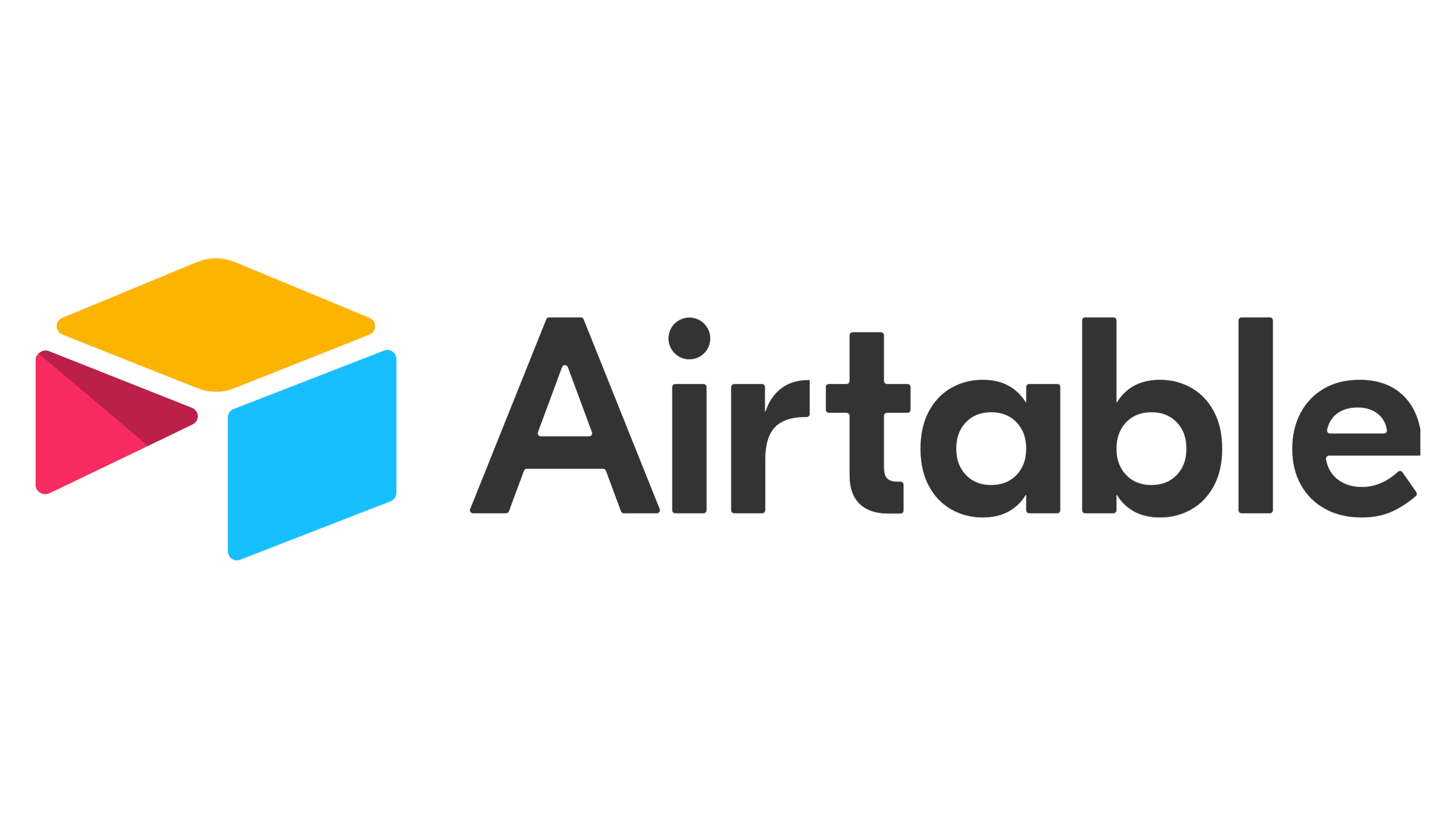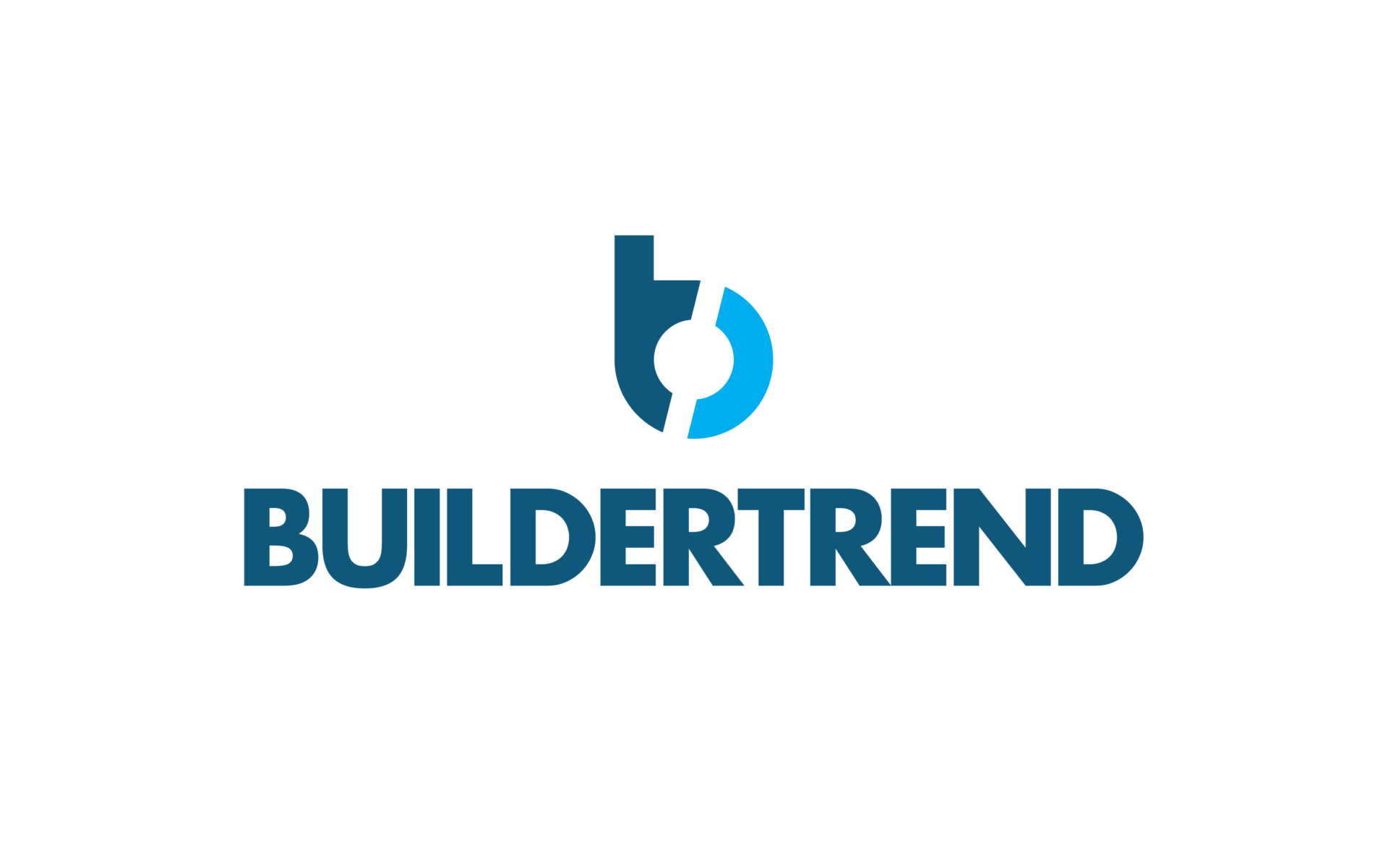Top Project Management Software
Compare today’s top project management tools, chosen for their features, ease of use, customer satisfaction and support options.
- Best for Strategic Planning: Wrike
- Best Customer Support: Smartsheet
- Most All-Inclusive: monday.com
- Best for Workload Management: Teamwork.com
- Most Intuitive: Notion
- Best Overall: ClickUp
- Best for Team Collaboration: Asana
- Best for Integrations: Jira
- Best for Spreadsheet Based Projects: Airtable
- Best for Real-Time Activity: Basecamp
- Best for Construction Projects: Buildertrend
- Best for Sales Teams: Pipedrive
- Best for Simplicity: Trello
Read our full Wrike review.
Read our full Smartsheet review.
Read our full Monday.com review.
Read our full Clickup review.
Read our full Asana review.
Read our full Jira review.
Read our full Notion review.
Read our full Basecamp review.
Real our full Pipedrive review.
Read our full Trello review.
Methodology
Choosing the appropriate project management (PM) software is critical for business owners and project managers, as it directly impacts efficiency and collaboration. To help customers make the right selection, we at the MarketWatch Guides team researched 15 of the most widely used project management tools, including Airtable, Asana and Trello.
We conducted a survey in 2024 of 200 professionals who were currently using PM software or had used PM software within the past year. We analyzed the results of this survey to determine the following rating criteria:
- Features (58%)
- Reputation and Reviews (15%)
- Customer Support (12%)
- Pricing (8%)
- User Experience (7%)
Visit the full PM methodology page for more details on our rating system.
What Is Project Management Software?
Project management software is designed to help teams organize collaborative projects and usually involves shared project boards or lists where tasks can be assigned to different team members. This allows project managers and team leaders to visualize the work being done and see how the team is tracking toward due dates.
How Much Does Project Management Software Cost?
Project management software can have a variety of different pricing models, but you’ll commonly see per-user pricing for paid plans, sometimes with a free or “freemium” version. This means teams will have access to a limited free version of the software, with full functionality being available in paid plans. Many project management software companies will usually offer discounts for annual billing and may provide discounts for nonprofits, startups and education. Industry-specific software for construction and home improvement businesses may have higher pricing.
For example, project management software will typically cost anywhere from $5 to $15 per user per month when billed annually. Construction management software can cost anywhere from $49 to $499 a month when billed annually and may only be limited to one user.
Types of Project Management Software
Project management software can typically be sorted into three major categories depending on what they were designed for and the features they offer.
Traditional Project Management Software
Traditional project management software is designed to help team leaders plan for capacity and keep up with due dates and deadlines for each step of the project. They often include functionality for Gantt charts or timeline views so teams can get a sense of overlapping tasks and task dependencies to stay on track.
Smartsheet and monday work management both offer great features for traditional project management, with advanced timeline views and customizations for task dependencies. However, they aren’t limited to just traditional projects, as most software offerings now include a variety of features for traditional and agile workflows.
Agile Project Management Software
Many software options are created with agile approaches in mind. Agile is all about breaking up larger projects into individual tasks, moving them through the project workflow and constantly evaluating the process. Typically, software designed for agile work will include Kanban board functionality and the ability to visualize the multiple due dates and tasks within a particular sprint.
Software like Jira, Airtable and Wrike are easily used in scrum meetings or daily stand-ups to get the team aligned. Jira and Airtable are especially helpful for creating task backlogs that a project manager or scrum master can easily manage.
Visual Collaboration Software
Visual collaboration software is designed to help teams work within a shared digital space so they can visualize different workflows through shared docs or whiteboards.
Software like ClickUp and Notion are examples of project management tools that prioritize visual collaboration and brainstorming. ClickUp’s whiteboard features make it easy for cross-functional teams to create roadmaps together, separate from the actual project board views. Notion’s customizable templates and docs make it easy for teams to share ideas and visualize different projects.
Project managers can use the collaborative space to gather ideas and updates from the team, particularly in the case of remote team meetings, and then build out the project boards that the teams need to stay on track.
How To Choose the Best Project Management Tool
When comparing project management tools, consider your business needs and which features are most important to you and your team. What are you trying to solve by implementing a new software for project management? Those pain points can be a great place to start when identifying which features are must-haves for your team.
Identifying Workflows
The project management software you choose will depend on what you need but also the makeup of your team and your industry. There are software options specific to sales teams and some designed just for the construction industry. Many tools are also priced per user, meaning the larger your team, the higher the price tag.
It’s also key to consider how software supports different work styles, like on-site, remote or agile workflows. All of these factors will need to be top of mind when choosing the best project management software for your business.
Features
Most project management tools will offer a variety of features, but the key functionality to watch out for includes:
- Multiple board views for project boards (Kanban board, list view, timeline, etc.)
- Customizable task cards with subtasks, assignees and dependencies
- Automations
- Notifications and communication features (Comments, message boards, chats)
- Reporting and analytics functionality
- Integrations with other work software you already use, like Slack, Zapier, Google Workspace or Microsoft Teams
Ease of Use
Take advantage of demos and free trials to get a feel for the different user interfaces offered by project management tools. Some may be intuitive but have more straightforward offerings. Others may have more of a learning curve but allow for more customization.
Also, consider if your team uses Windows or Mac operating systems and if you’ll want to access software via a desktop app or an Android or iOS mobile app. Don’t forget to test out the functionality of those mobile apps as you’re narrowing down your list.
Reporting and Analytics
Not every project management software will offer in-depth reporting capabilities. Depending on the software you choose, this may mean having to integrate with another tool for the reports and analytics you’re looking for. Be sure to see if there are any built-in reporting features included with the project management software you’re considering.
Customer Service and Support
Most project management software will offer help centers or user forums, but many do not have a customer support phone number. Many will only allow customers to reach out via live chat or email. If customer support via phone is important to your team, this is something to look out for when comparing your options.
AI and Automation
More and more project management software options are implementing AI functionality to help teams work smarter. Most AI tools will be included in paid versions of these different software options and are designed to help automate certain tasks, like ClickUp’s Butler or Asana Intelligence. Keep in mind that a project management tool will often still allow for automated rules and integrations even if they don’t have AI features.
The Bottom Line
Finding the best project management tool for your business can make life easier for your entire team, allowing you to track projects, understand performance against your KPIs and help with overall resource management. Managing projects and hitting milestones requires a streamlined approach, so it’s best to weigh your options before committing. The best project management software for your team will depend on your unique business goals.
With so many tools offering free plans and free trials, it’s easy to test out your options. While many different software offerings include similar features, most will have added workforce management functionality or extras, depending on the plan you choose.
Narrow down your list to three or more tools to make sure you’re checking out all your options. Consider how many seats you’ll need, what you’re willing to spend and what you’re trying to solve by implementing a project management software to find the best choice for your business.
Compare software based on features and also on ease of use. Your team’s comfort level with other work apps and software can be a good indicator of how complex a project management software can be before it becomes too overwhelming to be helpful. Make the most of free demos and trials of the top software on your list and get input from key stakeholders, particularly from the team members who will be using the software every day.
Frequently Asked Questions About Project Management Software
The main difference is that project management software is designed to handle large-scale projects comprising many tasks. Task management apps are designed to keep track of multiple small tasks without the full functionality needed to manage everything simultaneously, more like a to-do list.
Marketing and product teams can benefit from using project management software to keep track of files and assets, keep up with approvals processes, manage deadlines and due dates and keep team communication in one place.
Even if a tool is not specialized for marketing or product teams, many project management tools offer templates or resources for businesses to customize the platform to whatever works best for them. Look out for software options that offer templates or pre-made workflows designed for your team’s function.
Depending on your team’s familiarity with work software, project management tools that offer more customization for complex projects may have a steeper learning curve. There are many project management tools that offer simpler interfacers that are easier to pick up, but they don’t allow for the same level of complexity or personalization. Ultimately, this will depend on what you need from the software and what your team is accustomed to.
Many project management software companies offer a free version of their tools. For starter plans, costs will typically run anywhere from $5 to $20 per user per month when billed annually. For example, Trello’s least expensive paid plan is $5 per user per month, while Airtable’s is $20 per user per month. Industry-specific software will typically be more expensive but offer more specialized features.
If you have feedback or questions about this article, please email the MarketWatch Guides team at editors@marketwatchguides.




